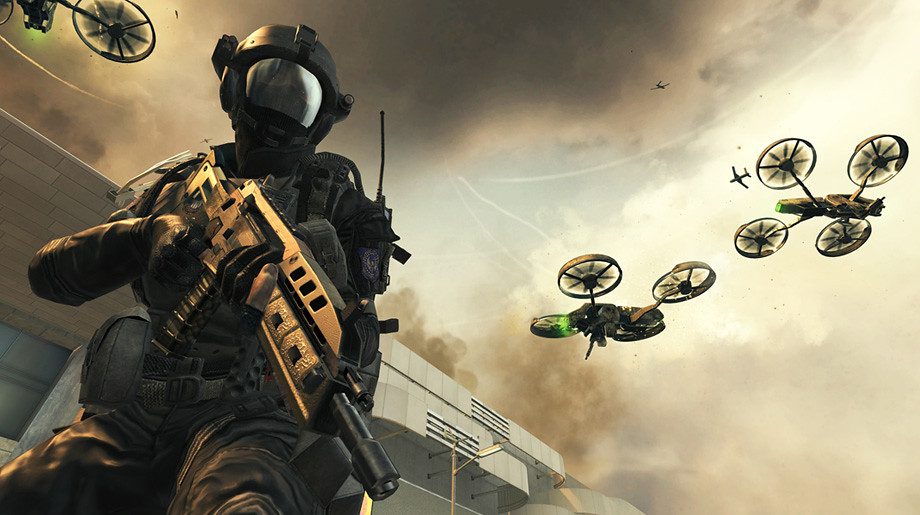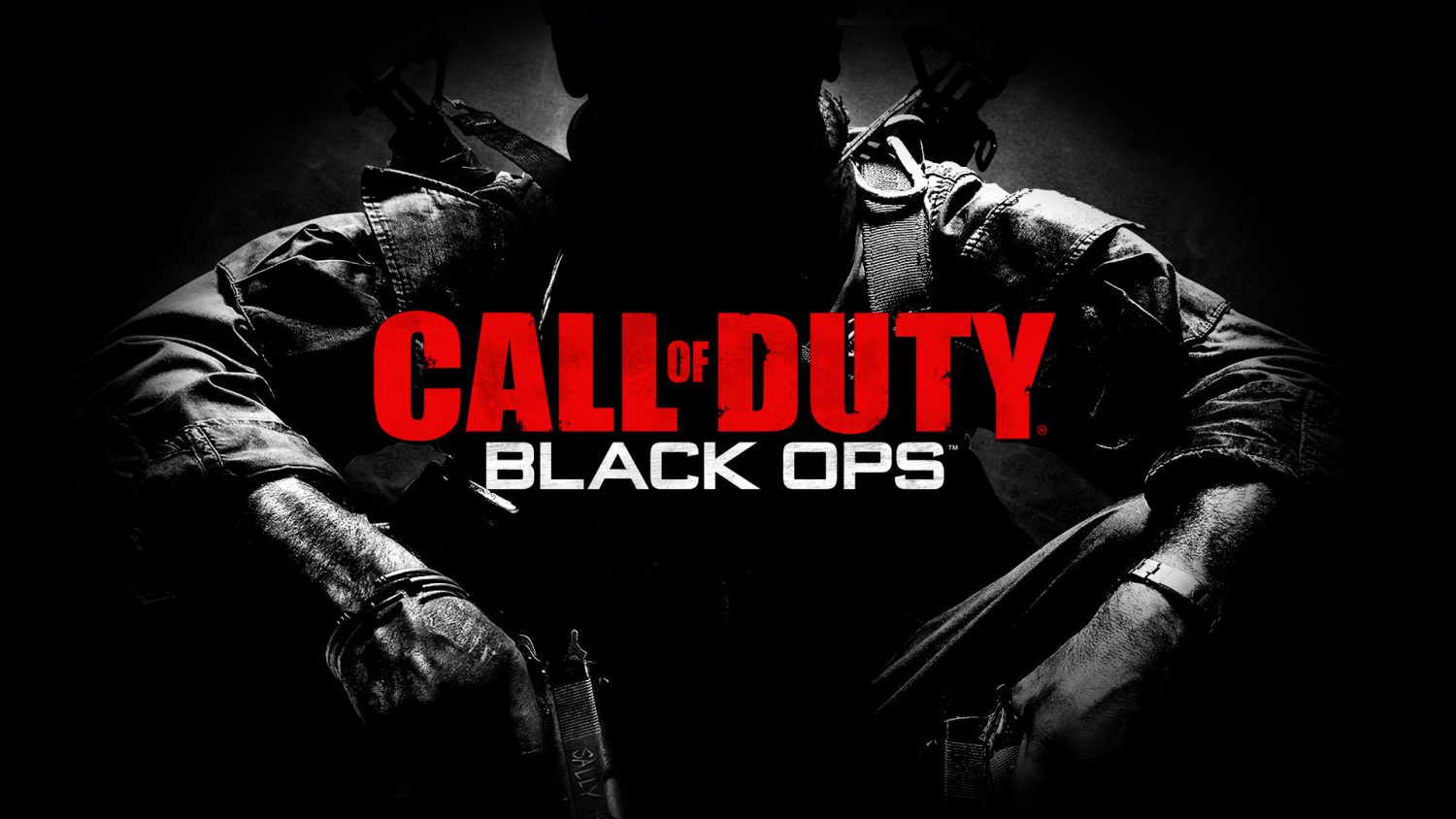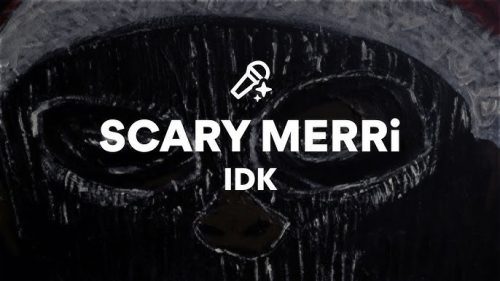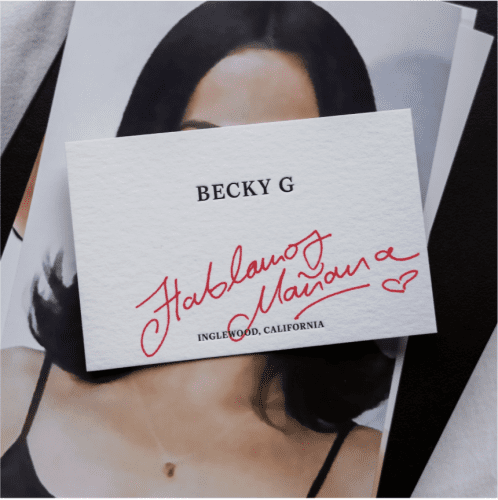Few video game franchises have managed to leave as deep an imprint on modern culture as Call of Duty. Since its debut in 2003, the series has transformed from a gritty military shooter into a global entertainment juggernaut where enthusiasts can bet on Call of Duty and get live updates on numerous platforms. However, beyond sales charts, eSports competitions and gaming communities, Call of Duty has found an unexpected rhythm that has become associated with the sound language and energy of street culture.
From music references and fashion collaborations to slang, memes and lifestyle aesthetics, CoD extends beyond consoles and PCs to play in the everyday soundscape of urban life. This fusion didn’t just happen overnight. It evolved across decades of cultural interventions. Check it out here!
Military Realism Mixes With Youth Energy
In the early 2000s, Call of Duty attracted players into an immersive recreation of World War II battlefields. At first, it was mainly a historical war simulation, serious in time and focused on realism. However, even then, the game resonated with young players, many of whom were already consuming hip-hop, street wear and sports culture.
The first major bridge to street culture came when competitive gaming took off. Internet cafés, Xbox Live voice chats, and local LAN parties have given younger people new ways to connect, talk trash, and form communities. Just like rap battles and pickup basketball, CoD matches became social proving grounds. The sound of gunfire, countdown timers and victory themes became background noise in living rooms, schoolyards and hangout spots.
Lyrics, Shoutouts and Soundbites
If you scan through the lyric rap and grime tracks from the late 2000s onward, Call of Duty is everywhere. Rappers use it as a metaphor for ambition, toughness and tactical street life. The game’s vocabulary, from kill streaks to snipers and prestige, slipped naturally into bars about resilience and dominance.
UK grime stars like Skepta and Stormy have references to gaming culture, with CoD usually appearing as shorthand for intensity. In the US, rappers like Chief Keef and Drake have sprinkled references into tracks, strengthening the game as a lyrical symbol. Even underground scenes like drills in Chicago, Afrobeats in Lagos, and French rap have embraced Call of Duty as a shared language.
Why did hip-hop latch onto it so hard? This is because the game is about survival, competition and quick decision-making. The same themes which drive street narratives. The long of a sniper rifle or the roar of a UAV feels just as urgent as the streets’ own soundtrack.
Street Culture Fashion Crossovers
Streetwear thrives in exclusivity, limited drops and blending utility with style. These are values that the game has also adopted. Over the years, the game has collaborated with major brands like Supreme, Adidas, and even street-inspired artists for limited in-game skins and apparel. Players could dress avatars in gear that looked like something from a London streetwear shop or New York sneaker drop.
This blurred line between in-game fashion and streetwear culture made the game a lifestyle extension. For many fans, the game’s digital camo jackets, tactical boots, or operator masks inspired real-world outfits. Streetwear influencers start posing with Call of Duty merch as casually as they did with Jordans. The relationship is mutual. Fashion borrows from military aesthetics like cargo pants, tactical vests and combat boots, while the game reimagines those same aesthetics with sleek and aspirational flair.
The Streets Go Digital
Street culture in the 2010s became inseparable from social media platforms like Twitter, Instagram, and TikTok. The game entered that slave through memes, viral clips and gamer longer that spilt into everyday conversations. Trash talk from lobbies turned into viral soundbites, echoing across TikTok skits and meme pages. Streamers and eSports players became influencers, blending gamer culture with music, fashion and street slang.
Phrases like 1v1 me or no scope became part of the urban digital vocabulary. In short, CoD wasn’t just a game being played. It was being watched, quoted and remixed just like a freestyle verse or a viral dance.
The Soundtrack Within the Soundtrack

Here’s where things come full circle: the sound design of CoD itself. The game’s audio, consisting of sharply layered gunfire, gritty dialogue and atmospheric beats, carries the raw energy of a mixtape. Game developers deliberately scored levels with cinematic intensity, and players often substitute their own music while playing.
It wasn’t uncommon to hear drill, grime, or trap beats blasting in the background of a session, syncing with kill streaks like an impromptu music video. Streamers popularized this mix even further, editing highlight reels with hip-hop tracks that went viral. This creates a feedback loop; music elevated the game, and the game elevated the music.
Call of Duty: A Reflection of Mindset!
At its core, street culture values authenticity, competition, and survival. The game isn’t just entertainment. It reflects a mindset. Every round demands strategy, improvisation, and endurance. While the stakes may be digital, the emotions feel raw and real.
So, for young people navigating environments that usually feel like battlegrounds, CoD offers both escape and metaphor. It is a world where you can control your destiny, form alliances, and dominate rivals. In short, it offers lessons beyond the controller.
–
Sponsor & Gambling Disclaimer
This article about street culture may feature mentions of brands, products, or services that are sponsors, partners, or advertisers of Respect My Region (RMR). All sponsored content is clearly marked, and any opinions expressed are those of the author and not necessarily reflective of our sponsors. RMR does not guarantee, endorse, or warrant the quality, safety, legality, or effectiveness of any product or service mentioned. Readers are encouraged to do their own research before making any purchase or engaging with a sponsor.
RMR also covers topics related to gaming, eSports, and betting. Any references to betting, gambling platforms, or wagering opportunities are for informational and entertainment purposes only. RMR does not provide gambling services, and nothing in this article should be construed as betting advice or a solicitation to gamble. Gambling involves financial risk and may lead to losses. Please wager responsibly and only within your means. If you or someone you know has a gambling problem, please contact the National Problem Gambling Helpline at 1-800-522-4700 or seek support from a local resource in your area.
By engaging with this content, you acknowledge that RMR is not responsible for any decisions made based on the information provided.







